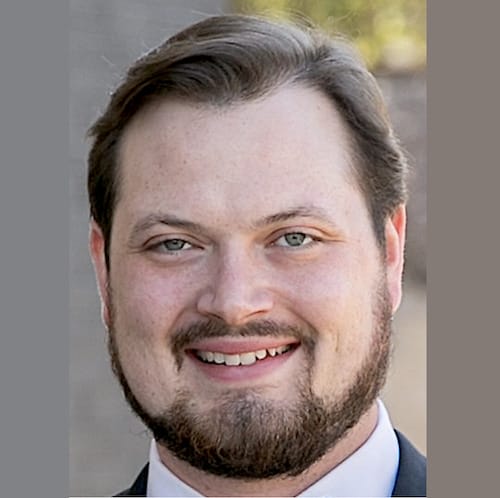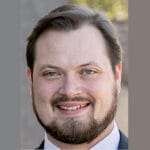

In October, the National Investment Center for Seniors Housing & Care announced that occupancy rates continue their post-COVID recovery, bolstered by a construction slowdown. This ebb in the development cycle is partly due to interest rates at recent highs. A recent survey reported that more than 80% of business economists expect interest rate cuts in 2024. As development enters a new flow cycle in 2024 and 2025, industry stakeholders should consider how they assess market opportunities to avoid saturating markets and suppressing occupancy rates.
Although essential, demographics do not necessarily reveal the nuances of older adults’ desires, tastes and preferences. The megatrend is undeniable: older adults are a growing share of the US population. The US Census Bureau reports that the 2010s saw the most rapid increase in the population aged 65 or more years since the 1880s. As baby boomers age, we expect this growth to continue.
Generally speaking, the same trend applies to local markets. Traditionally, when assessing market opportunities, the approach determines affordability based on market rents, uses some rate of needs or ideal penetration of units and subtracts out existing and expected supply. Easy enough, but we could fill textbooks on the plethora of approaches, assumptions and data justifying each step.
The traditional methodology also makes a partially true assumption, however. Senior living provides housing with some level of personal care or support. In other words, the traditional approach assumes that senior living is a need, both in terms of housing and personal care.
Award-winning research on how the total number of residents responds to price changes tells another story. The research reveals that senior living prospects have choices available to them. As a result, senior living is what economists call a luxury good. For economists, luxury goods are not necessarily Rolex watches and Ferrari cars. For example, Coca-Cola and wine are luxury goods.
Embrace the mindset
The days of simply assessing local demographics and supply are ending. The time to evaluate opportunities by viewing senior housing as the unique and life-enriching option, among others, is now. Here is how to embrace this mindset:
- In addition to population, household, income and wealth demographics, assess psychographics, travel patterns and lifestyle preferences associated with a market’s socioeconomic profile.
- Ensure that the trade or market area definition fits with demographic and psychographic profiles and local constraints such as natural and physical boundaries.
- Broaden the types of settings that could provide the level of housing and care the prospective project would provide.
- Assess the market’s structure. Are one or two providers dominating the competitive landscape, or is it highly competitive? How could a new entrant fit strategically in the competitive landscape?
- Evaluate how sensitive residents are to price changes. If the number of residents falls, controlling for time, more than proportionally to an increase in price, then senior living is viewed more as a luxury than a necessity in that market.
- Consider local market research such as surveys, in-depth interviews and focus groups to craft an in-demand senior living product.
A word about demographics
Although assessing local demographics and supply is inadequate, it is not useless. Demographics and supply are critical inputs to a thorough understanding of the market. Moreover, traditional approaches can provide a first look at the market to determine whether it’s worth investing more time, energy and money.
The benefits of a deeper understanding, however, extend well beyond market feasibility. Such an understanding informs budgeting, programming, activities, amenities and branding, providing a roadmap for operational success grounded in who the prospects are in that market.
Daniel Lindberg, MS, is principal of Applied Economic Insight LLC and an adjunct faculty member of the Marquette University Department of Economics, Milwaukee. He holds a Master of Science degree in applied economics from Marquette University.
The opinions expressed in each McKnight’s Senior Living guest column are those of the author and are not necessarily those of McKnight’s Senior Living.
Have a column idea? See our submission guidelines here.


